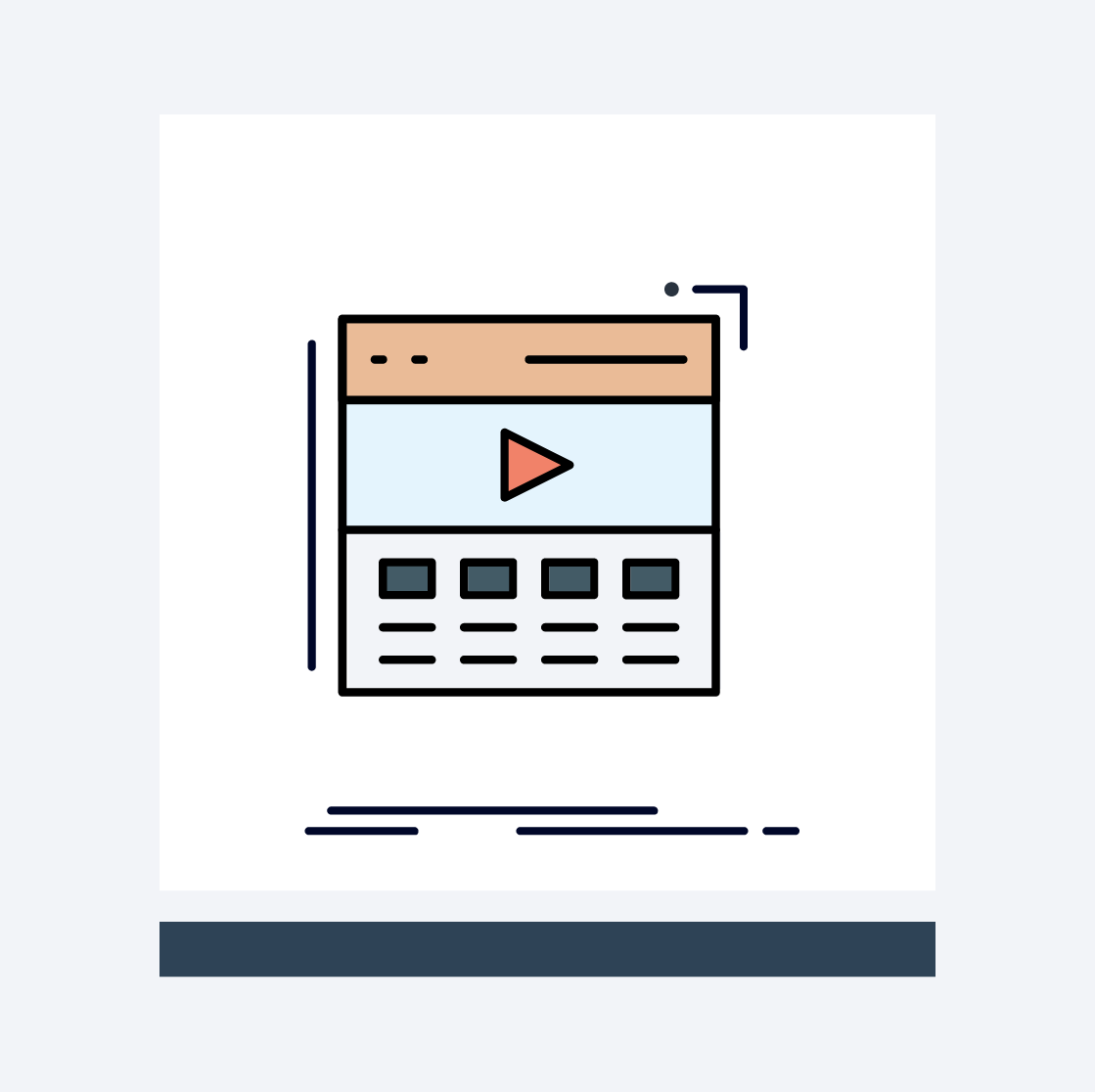Imagine this: you recently hired a designer to brand your new company. You have spent time talking with them about the business and discussing goals and important milestones, and now it’s officially time to kick off the project. It’s an exciting time, and you can’t wait to see results, but then they give you a timeline and you’re all “WHAAAAT?! I need results this afternoon!”
Every project’s timeline varies. A number of factors can affect how long a project will take, and most likely your designer knows their schedule and work flow and will give you a reasonable time frame. You still may be wondering what exactly is going on during this time. Are they going on a five day Caribbean cruise? Gambling away your down payment in Vegas? Just sitting around watching Netflix and procrastinating?
The truth is, there are probably a number of things going on in that time.
Market Research & Competitor Analysis:
You gave the designer a lot of helpful information about your brand and now it’s time for them to build a visual for that. They will be learning about competitors and peers in your field. Odds are you want to find a good balance between industry recognition and setting your brand apart, and you can’t do that without really understanding what’s out there. You also don’t want to wind up with a logo that is a blatant copy of an existing brand’s logo.
Brainstorming:
A lot of ideas are happening behind the scenes. Some of these ideas are bad ideas that you will fortunately never have to know about. The designer will go through tons of sketches and rough designs before deciding which ones are worth continuing. Sometimes it takes working on a bad design to realize it’s not right and move on. The phrase “back to the drawing board” is relevant and necessary here.
Browsing fonts and colors:
If all or part of your logo is going to be based on a typeface, you want to make sure you have the right one(s). The early conversations with your designer hopefully gave them an idea of the style of your brand, and that will give them a place to start when searching through the seemingly never-ending type options available. The same goes for color. Even if your designer is initially sending you logos in all black, they probably have some idea of the colors that would best represent your core values and desired aesthetic. Type and color both have the capability to completely change how viewers first perceive a brand, so trust me when I say you don’t want to skip this step.
Designing: (duh?)
Hopefully the most exciting part of the process, but also the part that needs the least explanation. Your designer is taking those initial concepts and turning them into full-fledged brand elements.
Cleaning up:
You probably aren’t going to see the Illustrator art boards or Figma files used during the first phase of the design process. Why? Because frankly, they are nightmares inducing and we don’t want you to share in our anxiety. Before sending you brand concepts to react to and provide feedback on, the designer will place everything in a nice fresh file. This allows you to assess the designs without being distracted by stray pieces that didn’t make the cut.
Working on other things:
This one is sometimes hard for clients to grasp, but generally your project isn’t the only one being worked on at any given time. Just as you probably have several different tasks you are in charge of simultaneously at your job, so does your designer. It doesn’t mean you aren’t a priority to them, but it means that time spent on your project is scheduled out and balanced with the rest of their workload.
Everyone has their own work style and it’s great when client and designer are both in agreement about project deadlines. If you ever have any questions about the status of your project, always ask. It’s unlikely you’re being blown off for a three day Game of Thrones marathon, so relax and try not to rush the creative process too much.
[This post was originally published by Jenna Giles for Roundpeg]
